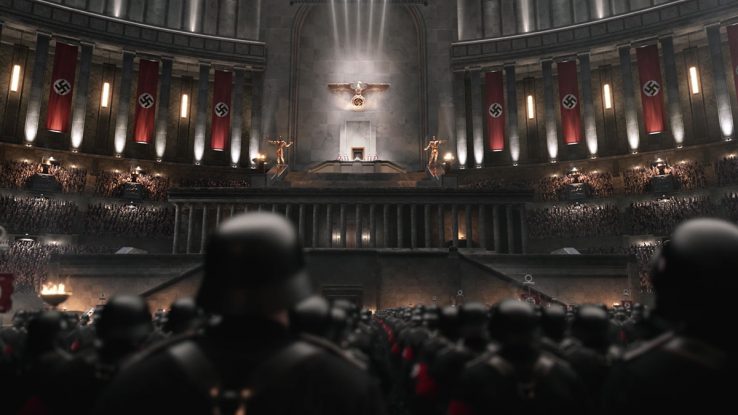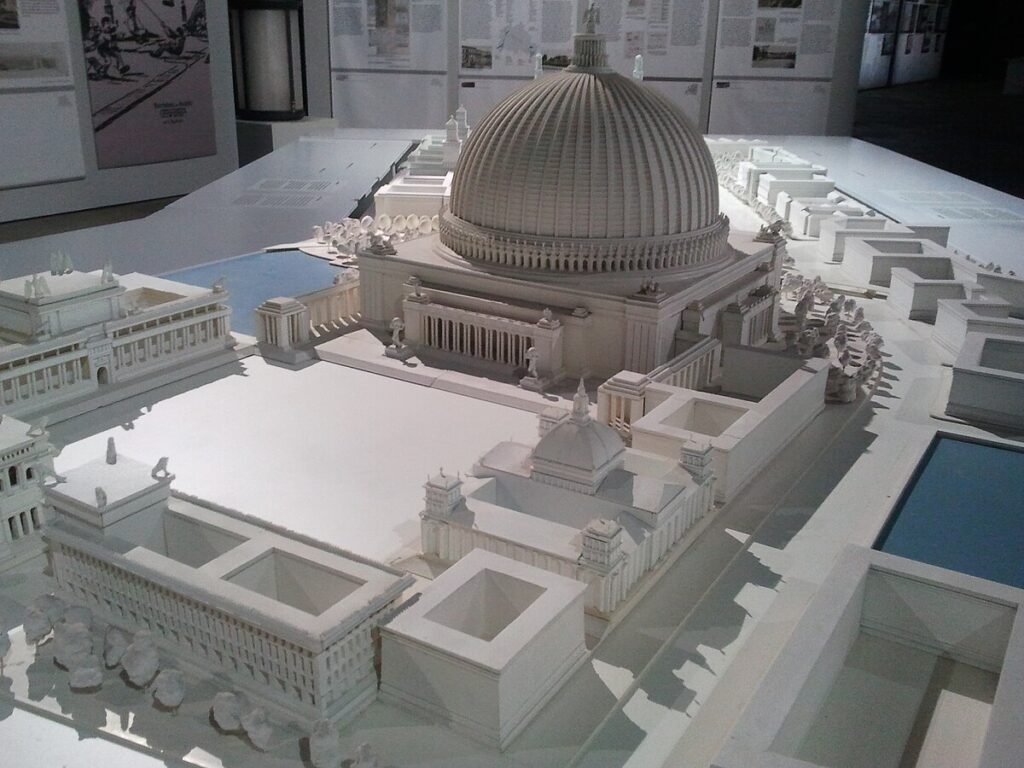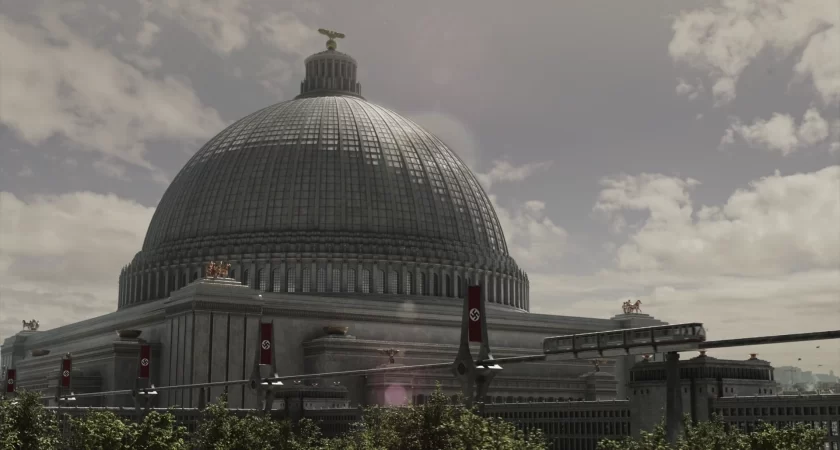One of Adolf Hitler’s many pipe dreams, was that one day, Germany’s capital city of Berlin would be rebuilt into the Capital of the World, and be given a grand new name – Germania.
The Masterplan
Hitler, together with his friend and Chief Architect, Albert Speer, created not just an architectural plan, but even a full scale model (which survives to this day) showcasing the new Berlin, complete with all the predictably bombastic Nazi megastructures.
But the grand-daddy of all these new monuments, was to be the Volkshalle (People’s Hall). Located behind the Reichstag building, this marvel of German engineering would be far and away the largest building ever constructed. Standing 290 metres (950 feet) tall and over 250 metres (820 feet) wide, it would be the centrepiece for Hitler’s Germania, dwarfing everything around it.
Based on an old sketch Hitler made of the Roman Pantheon, the new behemoth would accomodate a whopping 180,000 people within its domed auditorium.
Some have speculated that the breathing and perspiration produced by a crowd that big, under a ceiling so high, meant that the Volkshalle could’ve produced indoor clouds and even indoor rain!?!

The Germania project officially began in 1938. A few of the new features were actually completed, and still exist today, such as the extensive East–West city axis.
This involved broadening the Charlottenburger Chaussee (A main street in central Berlin) and relocating the Berlin Victory Column to its current place in the centre of the Tiergarten Park, just 3.6 km west of the Brandenburg gates.
War got in the way
Obviously, the War put the development on hold. And the ultimate defeat of Nazi Germany in 1945, meant that the Volkshalle was never built, and the plans for Germania were consigned to the dustbin of history.
During the War, Speer was given a new job, that of Armaments Minister. At the Nuremberg trials he was convicted of war crimes and was sentenced to 20 years in prison. He was released in 1966.
Speer always claimed to have had no knowledge of the concentration camps, but many observers remain unconvinced. Albert Speer died in 1981 – 36 years after his Fuhrer.


